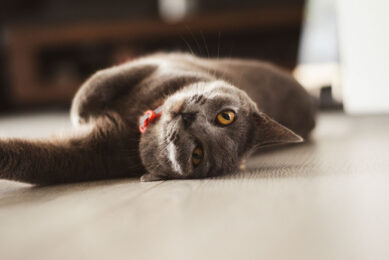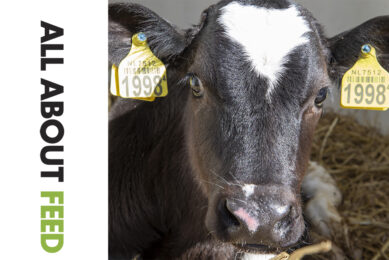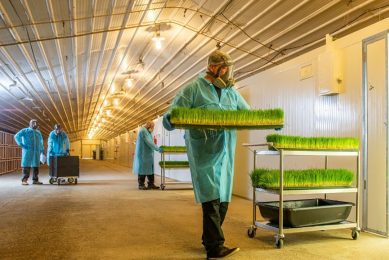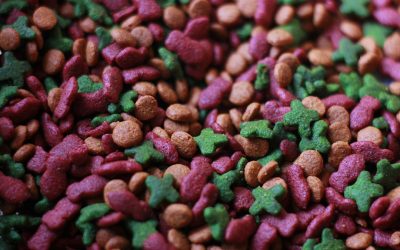Japan spends more money on pet food
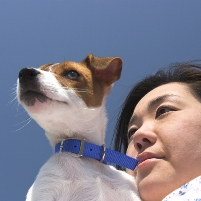
Japanese pet owners are spending more money on their animals according to a recent consumer survey. Twenty-three percent of the respondents said they spend more on their pets compared to three years ago.
Of all respondents 84% said their spending on pet food
has increased. Around 60% of respondents said they spend ¥1,000 (€6.12)
to ¥5,000 (€12.24) a month on their pets, 9% spent ¥10,000 (€61.2) or
more. And as
they spend more on pet food, pet owners are demanding the same safety standards
they are accustomed to with their own food. Another survey by the Agriculture,
Forestry and Fisheries, and Environment ministries shows that about 40% of pet
owners have doubts about pet food safety, and officials have since announced the
government is considering introducing a law to ensure the safety of pet foods.
Indoor pets
According to the Pet Food Manufacturers
Association, Japan, the average life expectancy for dogs as of 2005 was 15; cats
were expected to live to be 16. The figure for dogs was about double that of 20
years earlier, while that for cats had risen by 50%. The association said this
is because most owners keep their pets indoors in warm, stress-free
environments. In addition many owners are choosing specialty feeds for their
pets costing several times the average prices, or feeds especially formulated
for ageing or sick pets.
Increase in specialty foods
Procter
& Gamble Japan KK said food products for aging canines and those for younger
adult dogs each account for 50% of its dog food sales, while according to
Unicharm PetCare Corp., sales of pet food for elderly dogs and cats in fiscal
2007 rose by 20%, and estimates the specialty pet food market for aging dogs and
cats was nearly ¥25 billion (€153 million) in 2006, almost double that of 2003.
A company executive considered a major reason was that customers were choosing
pricier pet food for their older pets, probably because they believed that the
more expensive the food, the higher quality its ingredients.
Related folder:
Dossier AllAbout Pet Food




